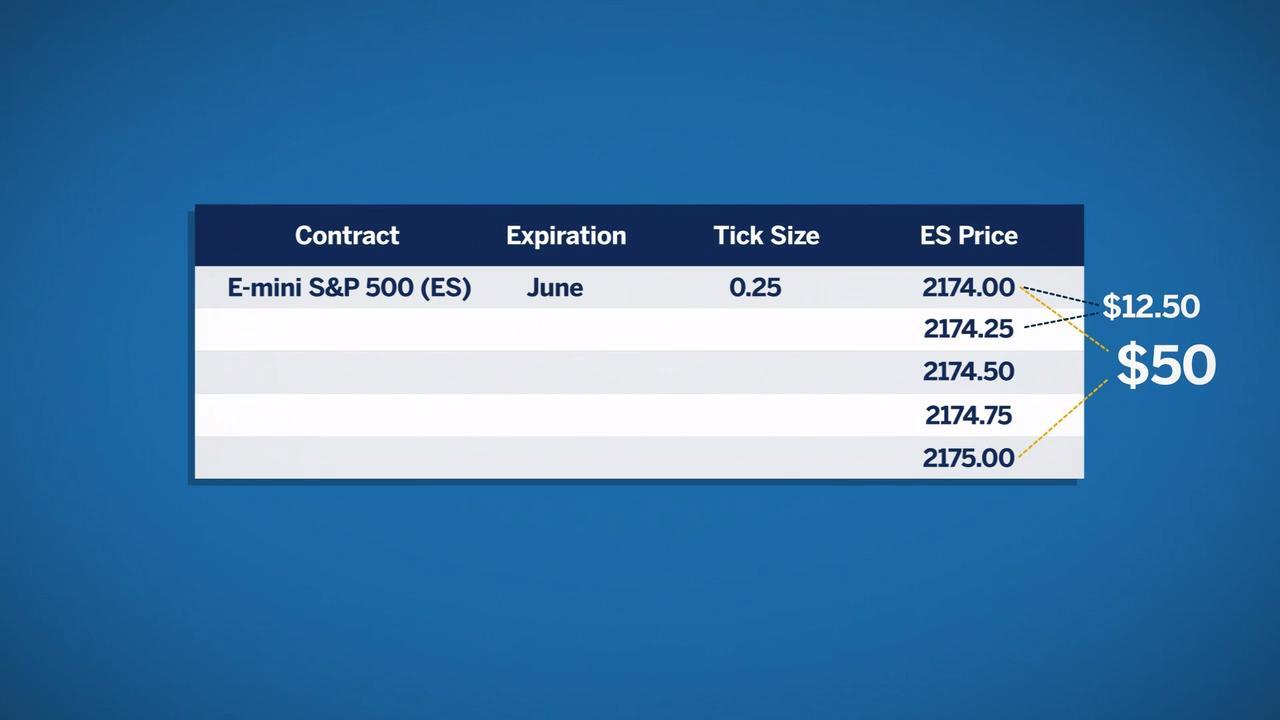

Finance
Plus Tick Definition
Published: January 8, 2024
Learn the meaning of plus tick in finance and how it affects trading. Discover how it can impact your investment strategy.
(Many of the links in this article redirect to a specific reviewed product. Your purchase of these products through affiliate links helps to generate commission for LiveWell, at no extra cost. Learn more)
Understanding Plus Tick Definition: How it Impacts Your Finances
When it comes to financial markets, it’s crucial to understand the various terms and concepts that can affect your investments. One such term is “Plus Tick,” which plays a significant role in determining the trading conditions and regulations surrounding certain securities. In this blog post, we will delve into the Plus Tick definition, its implications, and how it can impact your finances.
Key Takeaways:
- Plus Tick refers to a transaction in which a security is traded at a price higher than the previous transaction, indicating upward movement in its price.
- Certain regulations and trading rules are associated with Plus Tick, primarily to prevent market manipulation and control short selling activities.
What is Plus Tick?
Plus Tick, or a “tick plus,” is a term used in financial markets to describe a transaction in which a security is traded at a price higher than the previous transaction. In simpler terms, it signifies an upward movement in the price of a security. The Plus Tick is most commonly associated with stocks, but it can also apply to other traded instruments.
The Plus Tick rule is an important regulation set by stock exchanges, primarily to ensure fair and orderly trading and to prevent market manipulation. According to this rule, short selling or opening a new short position is only allowed on a Plus Tick or Zero Tick, but not on a Minus Tick.
Implications of Plus Tick
Now that we understand what Plus Tick means let’s explore its implications from a financial standpoint:
- Market Manipulation Prevention: The Plus Tick rule acts as a safeguard against market manipulation by preventing traders from short selling stocks during a downtrend. This regulation ensures that traders cannot drive down the price of a security by aggressively shorting it, which could negatively impact other investors.
- Short Selling Regulation: The Plus Tick rule establishes guidelines for short selling activities. By allowing short selling only on a Plus Tick or Zero Tick, it encourages traders to be more cautious and strategic when opening short positions.
By regulating short selling activities, the Plus Tick rule aims to maintain market stability, protect investors, and prevent drastic declines in stock prices.
In Conclusion
Understanding the Plus Tick definition is essential for investors and traders navigating the financial markets. By limiting short selling activities to Plus Tick and Zero Tick, this regulation helps maintain market integrity and stability. The Plus Tick rule serves as a protective measure to prevent market manipulation and ensures fair trading practices.
Remember, it’s important to stay informed about the various rules and regulations that govern financial markets. The Plus Tick rule is just one piece of the puzzle, but having a grasp of its implications can protect your financial interests and enhance your decision-making in the investment world.














